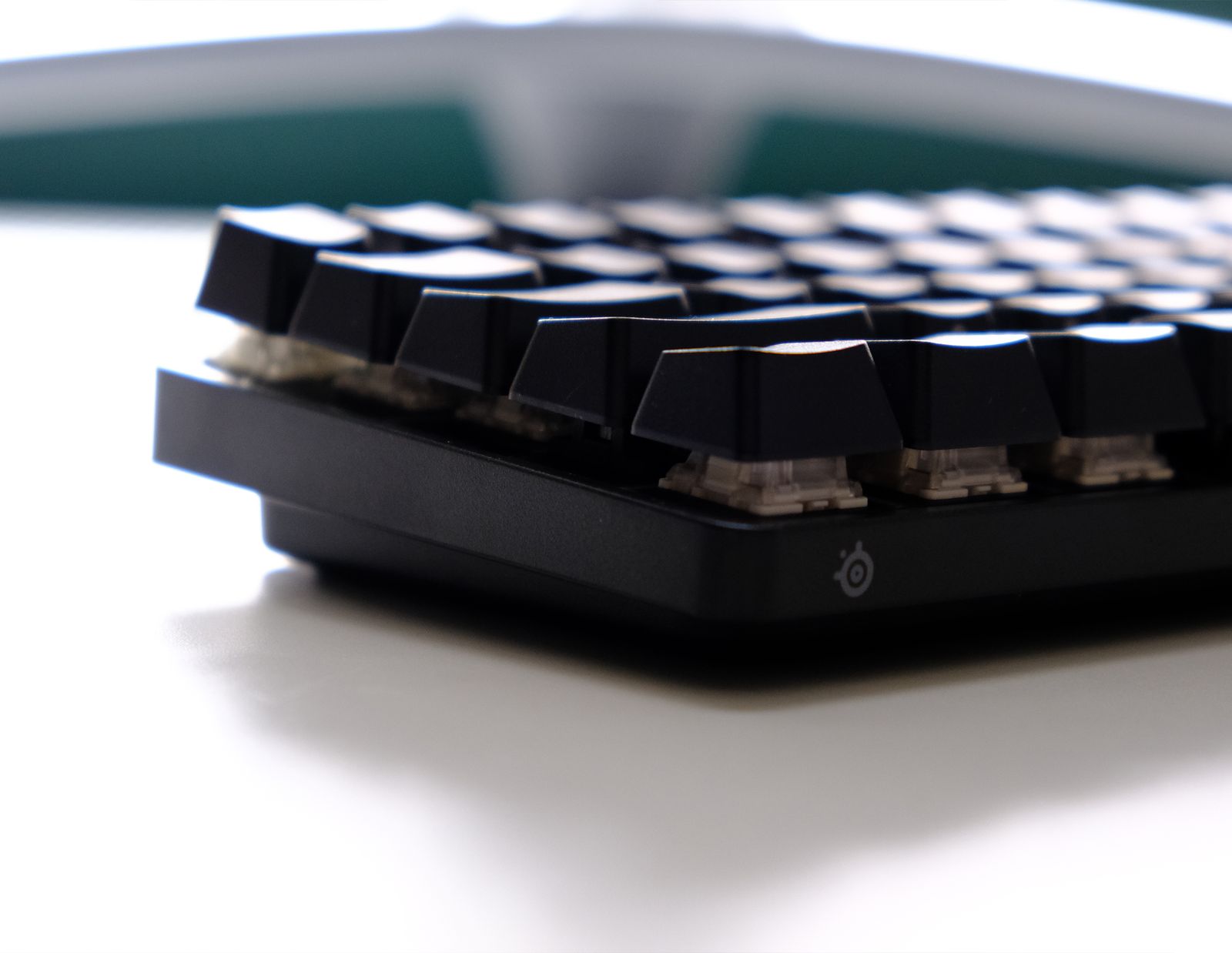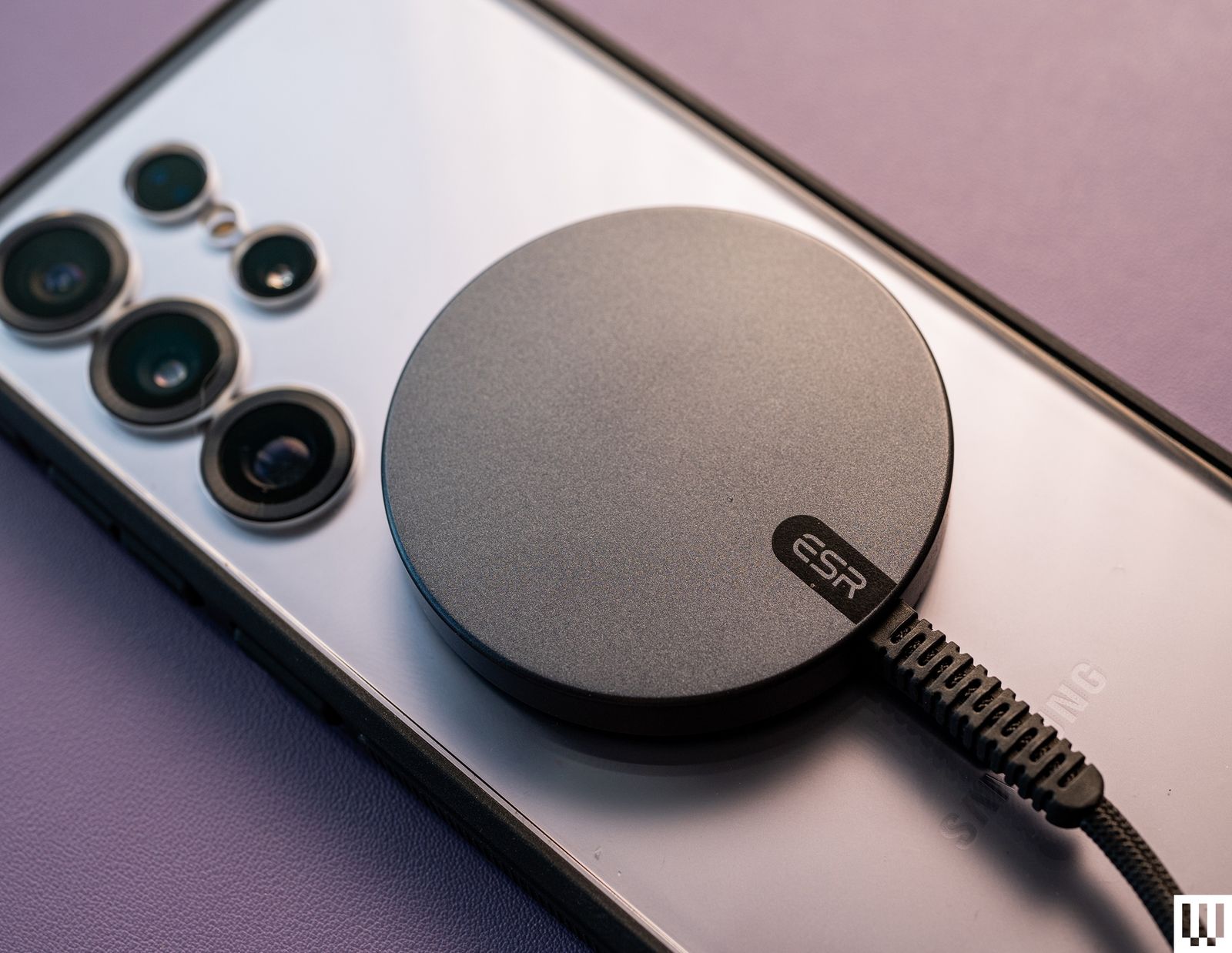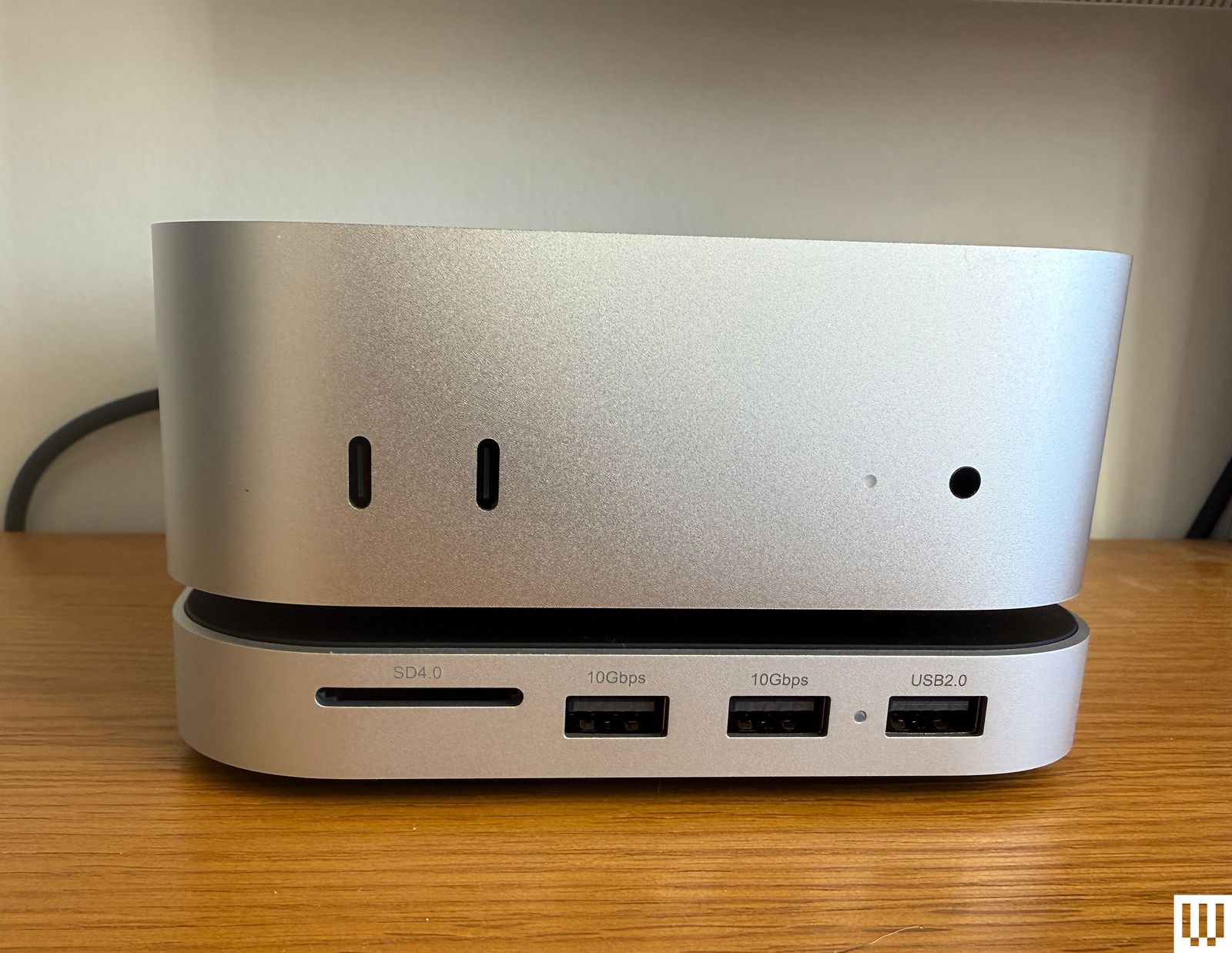
This isn’t a new problem. In 1985, some of the first large-scale perchlorate contamination was identified in wells near California Superfund sites (areas the EPA considers highly contaminated and a priority for cleanup), according to a report by the National Academies of Sciences, Engineering, and Medicine. In general, groundwater contamination was in large part due to military-industrial uses of perchlorate, via Department of Defense testing of explosives, munitions, and missiles, for example, as well as rocket tests and rocket fuel production.
But the extent of the contamination wasn’t clear until 1997, when new testing protocols made it possible for the EPA to test for perchlorate down to approximately 4 parts per billion, Zoeller says. The development of those testing protocols prompted the agency to do a risk assessment to see how many people were drinking water contaminated with the chemical. “They didn’t realize the degree to which mainly DOD had contaminated the planet,” he says. That’s when the EPA started requiring large public water systems to test for perchlorate.
In 2003, the Environmental Working Group tested lettuce for perchlorate and found it in nearly 20 percent of supermarket samples tested, often at high levels. Some of this was likely due to the contamination of Lake Mead, which led to perchlorate traveling down the Colorado River to Imperial Valley, Calif., where many of the leafy greens in the country come from, Olson says. Since 2003, a government cleanup has reduced much of that contamination. It’s also possible that the use of nitrate fertilizers from Chile, which are naturally high in perchlorate, played a limited role, though only in sites where these fertilizers were used, he says.
In 2005, in the midst of emerging controversy about perchlorate contamination affecting water and crops, the FDA granted companies permission to include perchlorate in food-contact materials. Neltner says that it was only years later that health advocates realized the agency had made this surprising decision.
As part of the FDA’s regular evaluation of foods for contaminants, the agency tested a number of foods for perchlorate from 2005 to 2006 and from 2008 to 2012. When analyzing that data, advocates realized that after the 2005 decision, there had been a dramatic increase in perchlorate levels in certain baby foods that were allowed to be stored in perchlorate-containing packaging. “It went from virtually no detection in baby food cereals to really high levels,” Neltner says. “FDA has never explained the change, but the use in plastic is the obvious suspect.”
There was a hope that the FDA would at that point stop letting companies use perchlorate in certain food packaging and handling equipment, Akinleye says. “It was not difficult to attribute that spike of exposure in very young children to the use of perchlorate in packaging,” he says. But the FDA decided not to make any changes. The agency justified its decision in its denial of the petition from the NRDC and other groups. (The FDA did not provide further comment on this decision by publication time.)
By 2011, the EPA concluded that between 5.2 and 16.6 million people in the U.S. could be potentially exposed to concerning levels of perchlorate in drinking water. Some experts think the number would be even higher if the EPA had used a stricter limit—like that set by certain states.









